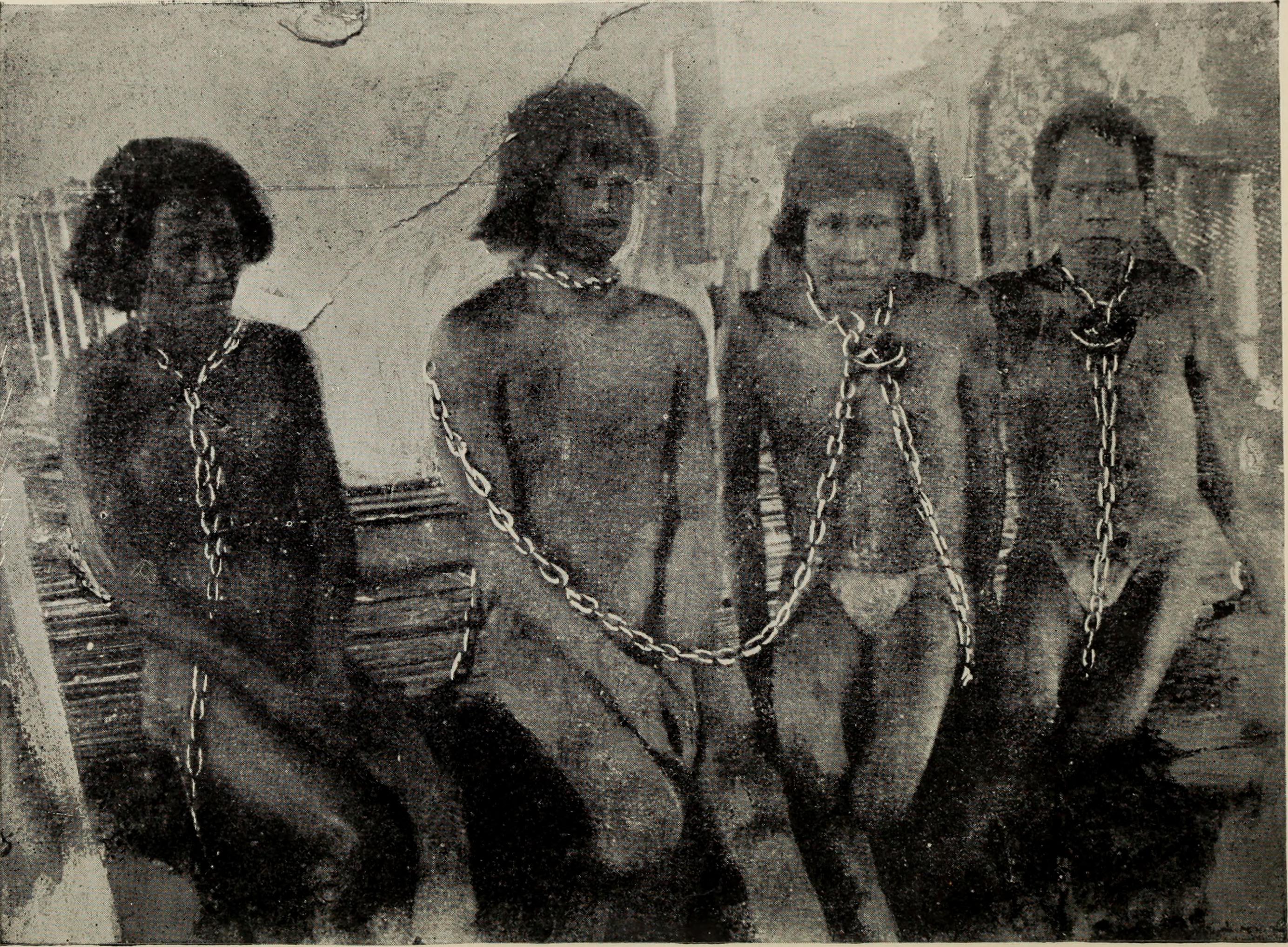Peruvian Amazon Company
 The Peruvian Amazon Company, also known as the Anglo-Peruvian Amazon Rubber Co, was a rubber boom company that operated in Peru during the late 1800s and early 1900s. Headquartered in Iquitos, it gained notoriety for its harsh treatment of Indigenous workers in the Amazon Basin, whom its field forces subjected to conditions akin to slavery. The company's exploitative practices were brought to light in 1912 through an investigative report by British consul-general Roger Casement and an article and book by journalist W. E. Hardenburg.
The Peruvian Amazon Company, also known as the Anglo-Peruvian Amazon Rubber Co, was a rubber boom company that operated in Peru during the late 1800s and early 1900s. Headquartered in Iquitos, it gained notoriety for its harsh treatment of Indigenous workers in the Amazon Basin, whom its field forces subjected to conditions akin to slavery. The company's exploitative practices were brought to light in 1912 through an investigative report by British consul-general Roger Casement and an article and book by journalist W. E. Hardenburg.The company of the Arana Brothers, which had sought capital in London, merged with the PAC in 1907. Peruvian rubber baron Julio César Arana ran the company in Peru. British members of the board of directors included Sir John Lister-Kaye, 3rd Baronet.
The company operated in the area of the Putumayo River, a river that flows from the Andes to join the Amazon River deep in the tropical jungle. This area was contested at the time among Peru, Colombia, Ecuador, and it was inhabited by numerous Indigenous people. Some of the Indigenous populations that were affected by the Peruvian Amazon Company during the Putumayo genocide include the Witoto (Huitoto), Bora, Ocaina, and Andoque tribes. Provided by Wikipedia




![Letter from J. Golding, of the Peruvian Amazon Company, to Roger Casement, informing him of an enclosed copy [not extant] of a "Report of our Commission" and asking for its return,](/IIIF/000660000/000657743/vtls000657743_001.jp2/full/100,/0/default.jpg)








